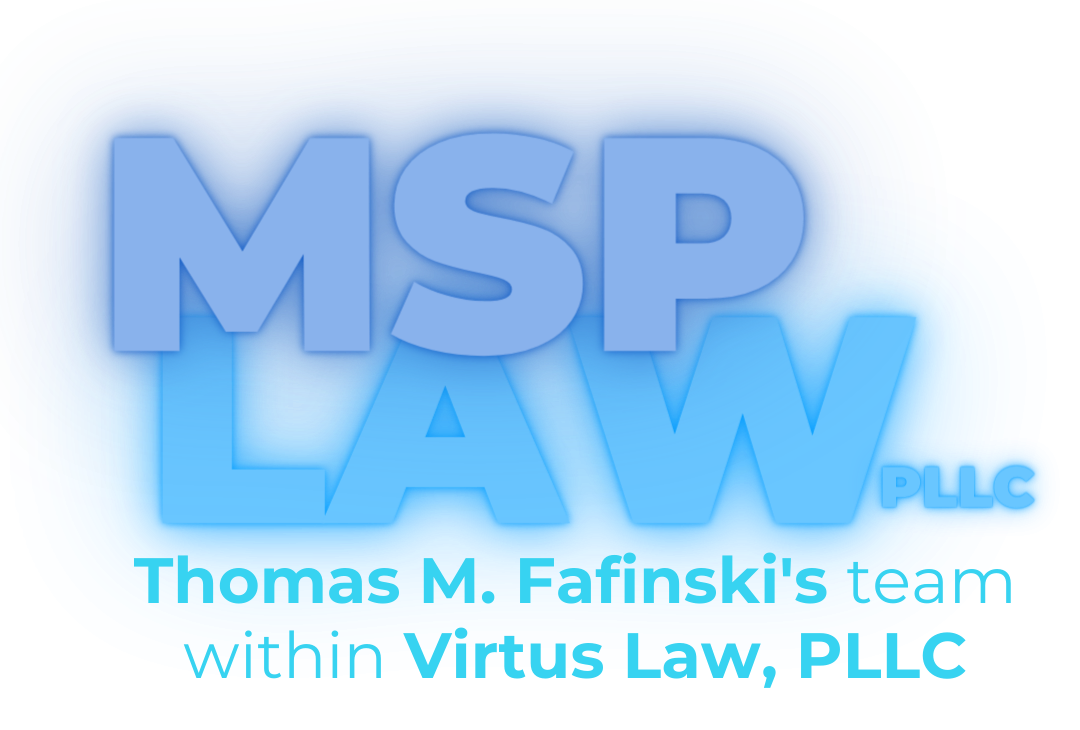https://www.podbean.com/media/share/pb-wkb3g-dde30c#.Xs6ZAJwHq4M.linkedin
Obtaining PPP Loan Forgiveness
The CARES Act contained the PPP loan program which was to incentivize employee retention in small businesses. A major selling point of the PPP is the opportunity to obtain total or partial loan forgiveness. If a business does not meet the criteria for total loan forgiveness, i.e. by using at least 75 percent of the loan funds for payroll expenses, and maintaining at least 75 percent of its workforce and salary, the unforgiven loan amount will be converted into a two-year loan payable at a 1 percent interest rate.
On May 15, 2020, the Small Business Administration (SBA) released the PPP Loan Forgiveness Application. This application must be completed and returned to the same lender that issued the PPP loan.
- Determine how much money you have spent on payroll expenses. The amount of loan funds spent on payroll is one of the most important factors in determining how much of a PPP loan can be forgiven. In order to obtain total PPP loan forgiveness, at least 75 percent of the loan funds must have been used to cover payroll expenses.
- Follow the guidelines for calculating your employees. Properly calculating how many employees you have is a critical portion of the application. If your workforce or the salaries provided to them have been reduced by more than 25 percent, the amount of the loan eligible for loan forgiveness will be decreased. To account for a workforce that includes part-time employees, the PPP Loan Forgiveness Application provides a formula for calculating “full-time equivalent employees” (FTEE). The FTEE calculation essentially creates a way to count aggregate hours worked by part-time employees toward the calculation of how many full-time employees you have. The PPP Loan Forgiveness Application includes a worksheet for calculating FTEE workers for purposes of completing the required Schedule A.
- Adhering to stated dates and time frames is critical for obtaining PPP loan forgiveness. The funds issued are intended to cover an eight-week-period that begins when the loan was received. Loan forgiveness is limited to expenses paid during this time frame. However, if a business’s payroll calendar does not completely align with the eight-week period, the PPP will still cover payroll expenses paid outside that period under the Alternative Payroll Covered Period exception. This exception is limited to payroll expenses. All other expenses must be incurred and paid for during the specified eight weeks. Lawmakers have hinted at expanding the eight-week period in order to assist businesses that have faced challenges operating during this time so there may be changes to some of these time frames.
- Document everything. The PPP Loan Forgiveness Application explicitly states that businesses should provide documentation that shows the eligible cash compensation and noncash benefits incurred during the eight-week period. This documentation can include bank account statements, third-party payroll reports, tax forms, payment receipts, canceled checks, or other similar documents. Additionally, businesses must provide documentation to support their average FTEE calculation.
Given the complexity of the calculations and documentation required for PPP loan forgiveness, many small business owners have expressed concern that obtaining funds through the PPP will result in increased scrutiny and audits. The government has created a safe harbor for loans less than $2 million under which the good faith efforts of borrowers and lenders are not subject to additional scrutiny. This means that those who have borrowed less than $2 million will not be required to prove their inability to access other liquidity resources, as is typically required for SBA loans. The SBA considers the uncertainty of the current economic climate sufficient proof, rendering additional audits unwarranted.

Recent Comments